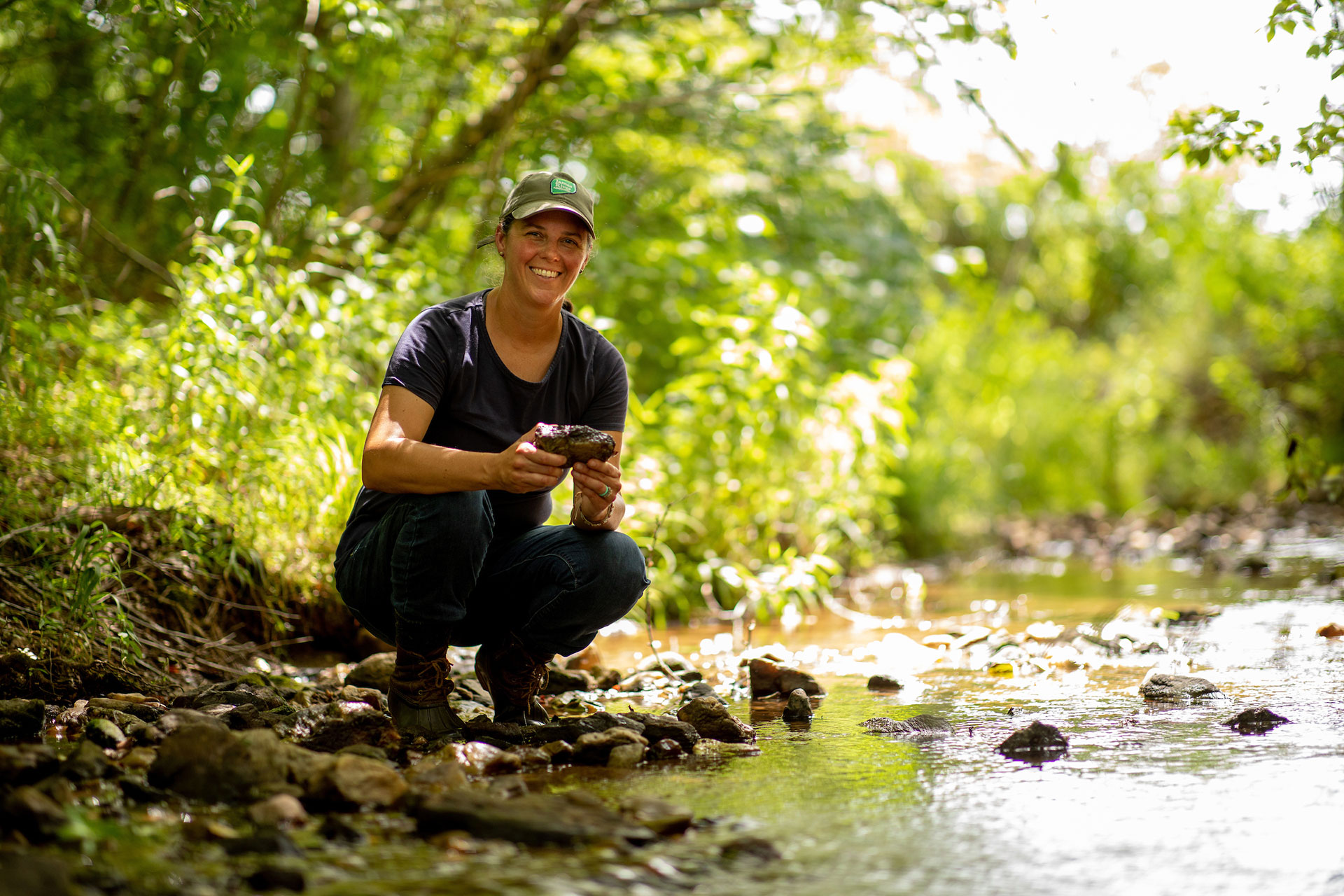Buffers 101
Riparian Forest Buffer
What is a riparian forest buffer?
Forest buffers are the trees, shrubs and other plants that grow next to streams and rivers. Forest buffers are also called riparian or streamside buffers.
The trees, shrubs and other plants that grow next to streams and rivers are critical to the health of the land and to the Chesapeake Bay. These forest buffers prevent pollution from entering waterways, stabilize stream banks, provide food and habitat to wildlife and keep streams cool during hot weather.
For a more detailed definition, visit this USDA page.
Buffer FAQs
How much do buffers cost?
Can I plant fruit trees?
What about weeds?
Find the answer to these and many other questions in our Buffer FAQs (PDF).
The animated slideshow above takes you through the Riparian Buffer Zones. Place your curser over the slideshow to pause the rotation.
Why Do Buffers Matter?

Cleaner Streams with Better Water Quality
Forest buffers protect streams and local drinking water supplies by helping to intercept and process excess nutrients, sediments, and pathogens from entering them. Scientific studies show that 100 feet of streamside forest will adequately protect the physical, chemical, and biological characteristics of most streams. However, narrower buffers are also beneficial for improving water quality.

Better Habitat for Aquatic Life and Other Wildlife

Improved Recreation and Human Health Benefits

Healthier Stream Ecosystems Better Able to Process Pollution

Enhanced Property Values, Benefits to Farms, Property Protection and Reduction of Flooding
Buffer Project Components
Restoring a riparian buffer can include many components depending on the needs of your site. From planting trees, installing livestock exclusion fencing, stabilizing streambanks, enhancing wildlife habitat, and stewarding it long term, we are here to help you restore and protect your riparian buffer.
Explore our Programs to learn more.
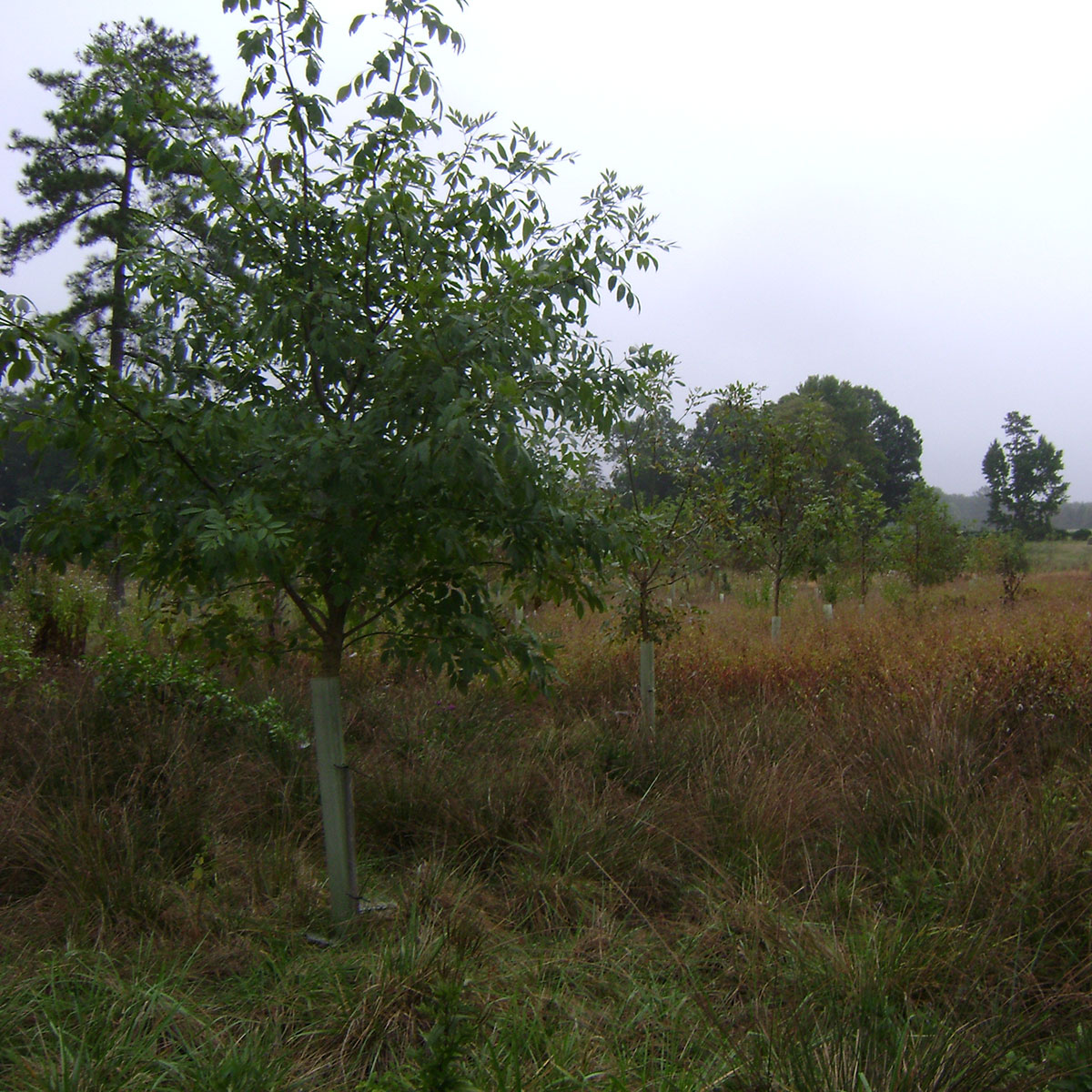
Riparian Forest Buffers

Agricultural Infrastructure
Agricultural infrastructure in our riparian areas may include stream exclusion fencing to keep livestock out of waterways, water source development, watering troughs, stream crossings, and rotational grazing. All or some of these components may be part of your project.
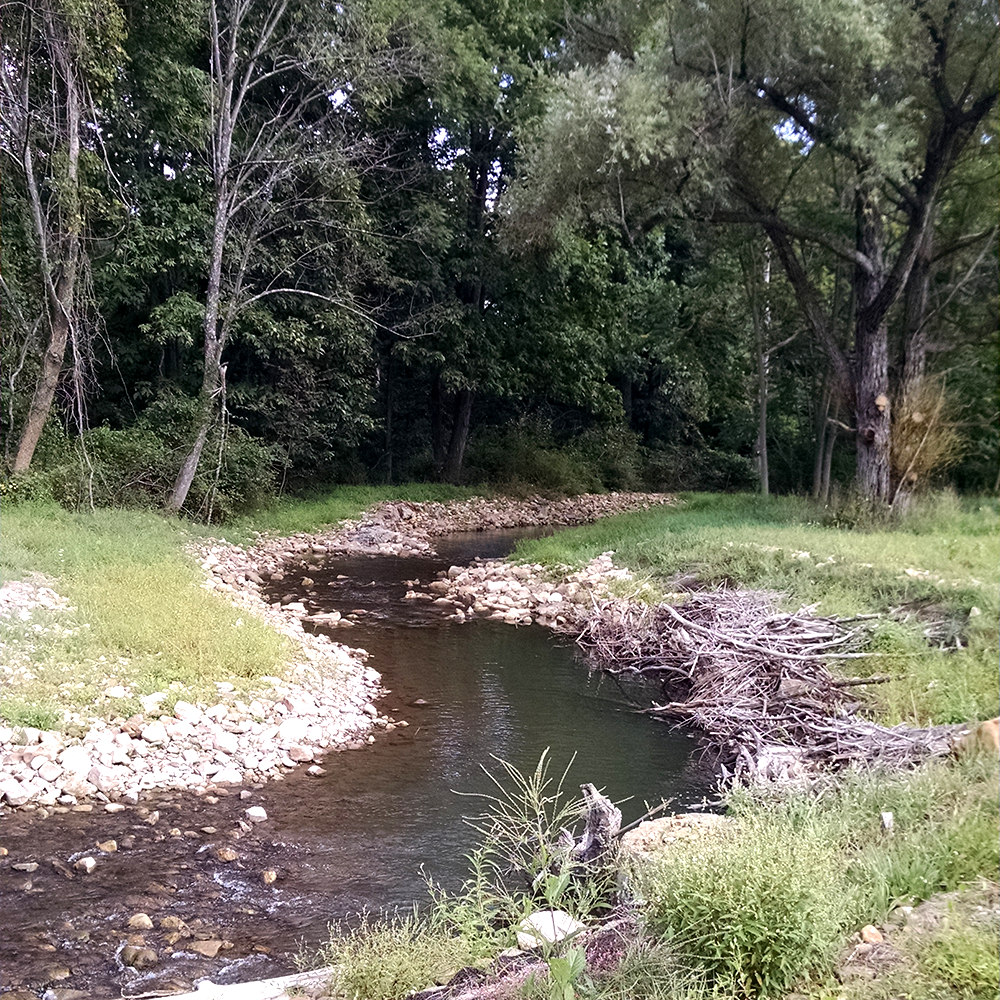
Streambank Stabilization
Streambank stabilization practices are implemented to address excessive erosion rates. Streambank stabilization can involve a variety of activities depending on the circumstances at a given site. These activities range from simply planting the bank to grading/matting/planting to installing deflection structures at the toe of the bank to armoring with large rock and/or tree roots. In some instances, the extent of streambank erosion and channel instability may require a more comprehensive restoration approach.
Before any land disturbing activity can occur please contact your local Army Corps of Engineers, Department of Environmental Quality and local zoning representative for the proper permits.
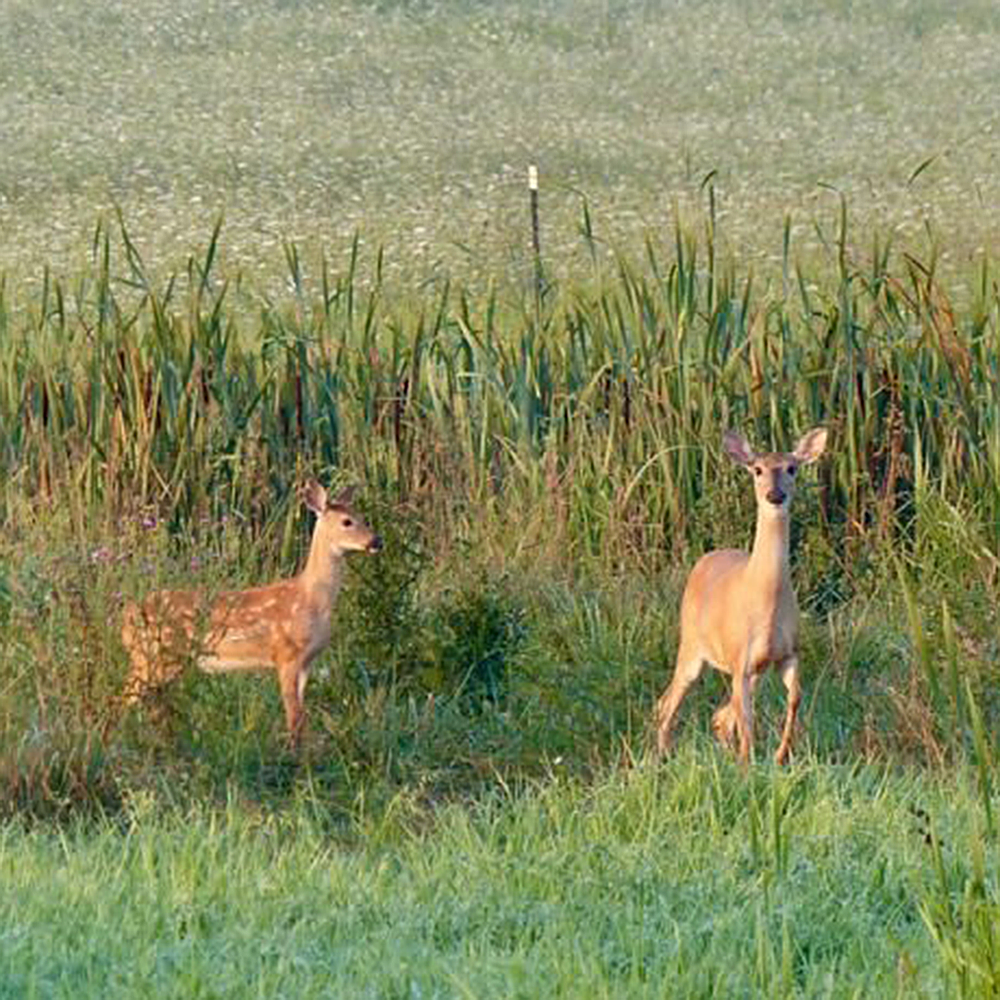
Wildlife Habitat
Healthy riparian areas provide food, shelter, and water for a unique wildlife community both on land and in the water. For example, the native tree Quercus Phellos (Willow Oak) grows well in a riparian buffer and provides abundant acorns for deer and ducks. Brook Trout depend on cool streams that are shaded by trees on its banks. Our freshwater mussels and macroinvertebrates depend on clean water and leaf litter from our native trees. These critters also play a role in filtering pollutants and as a food source for fish.
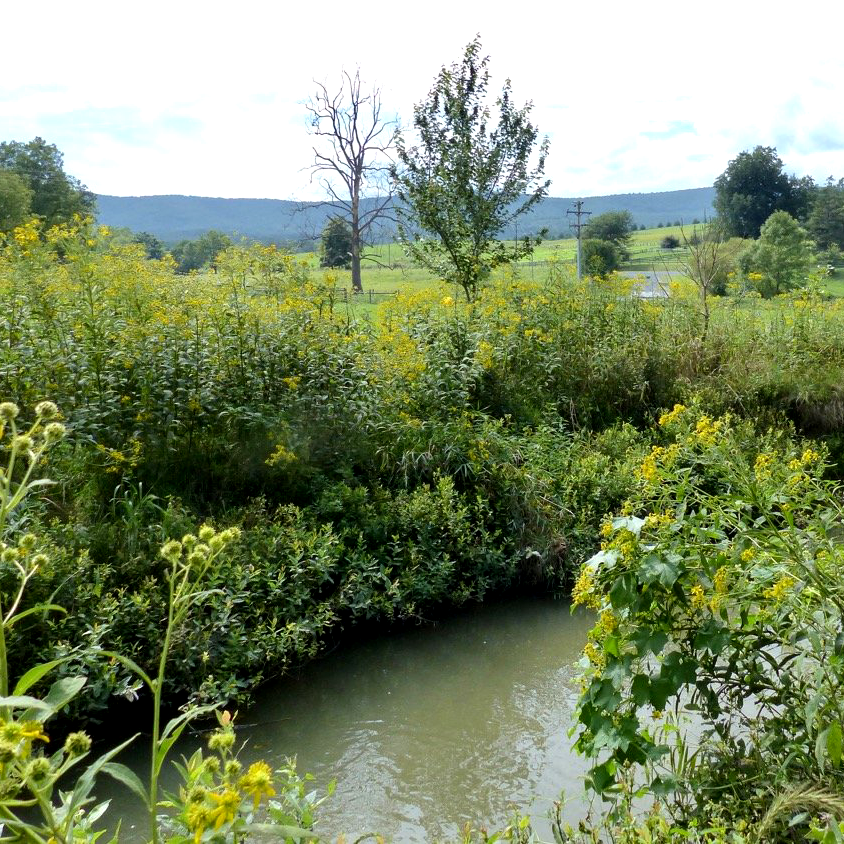
Buffer Protection
Whether you have an existing riparian forest that you want to protect for the future, or you’ve recently invested in restoration of riparian areas on your property, you may be interested in putting your land under conservation easement. Easements are a voluntary land preservation agreement between a landowner and a land conservation organization. By putting riparian buffers under easement, we can protect diversity in our ecological communities, preserve prime habitat for wildlife for hunting, fishing, and enjoyment, and protect water quality in the James.

